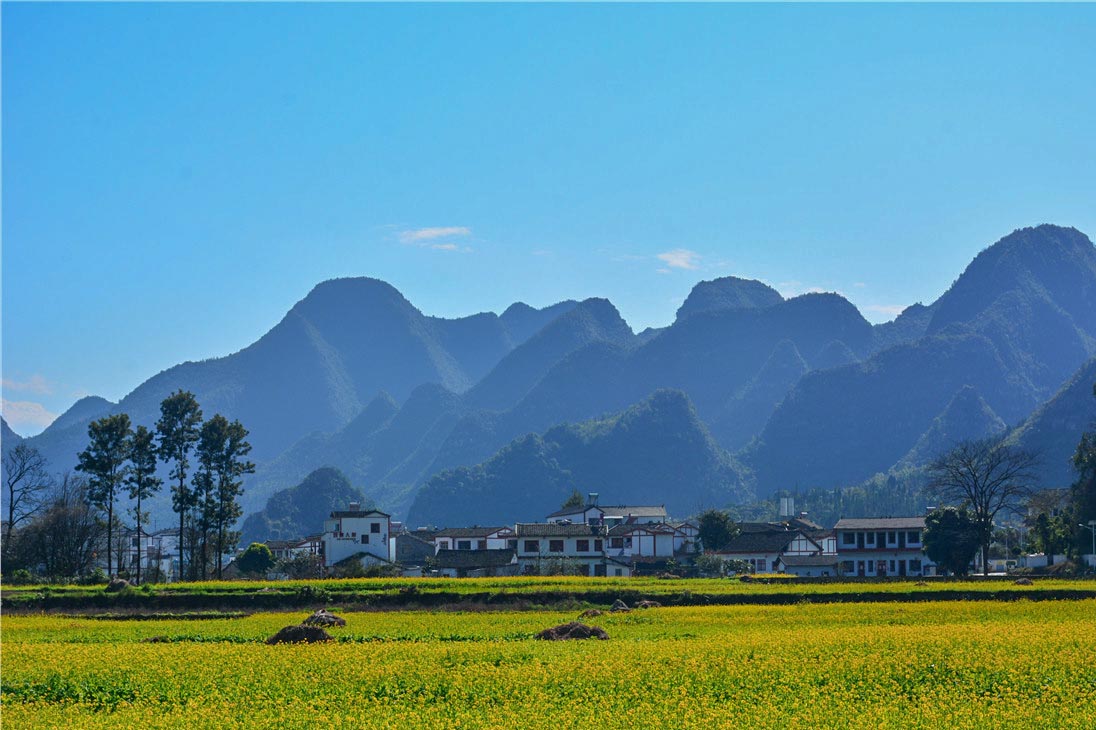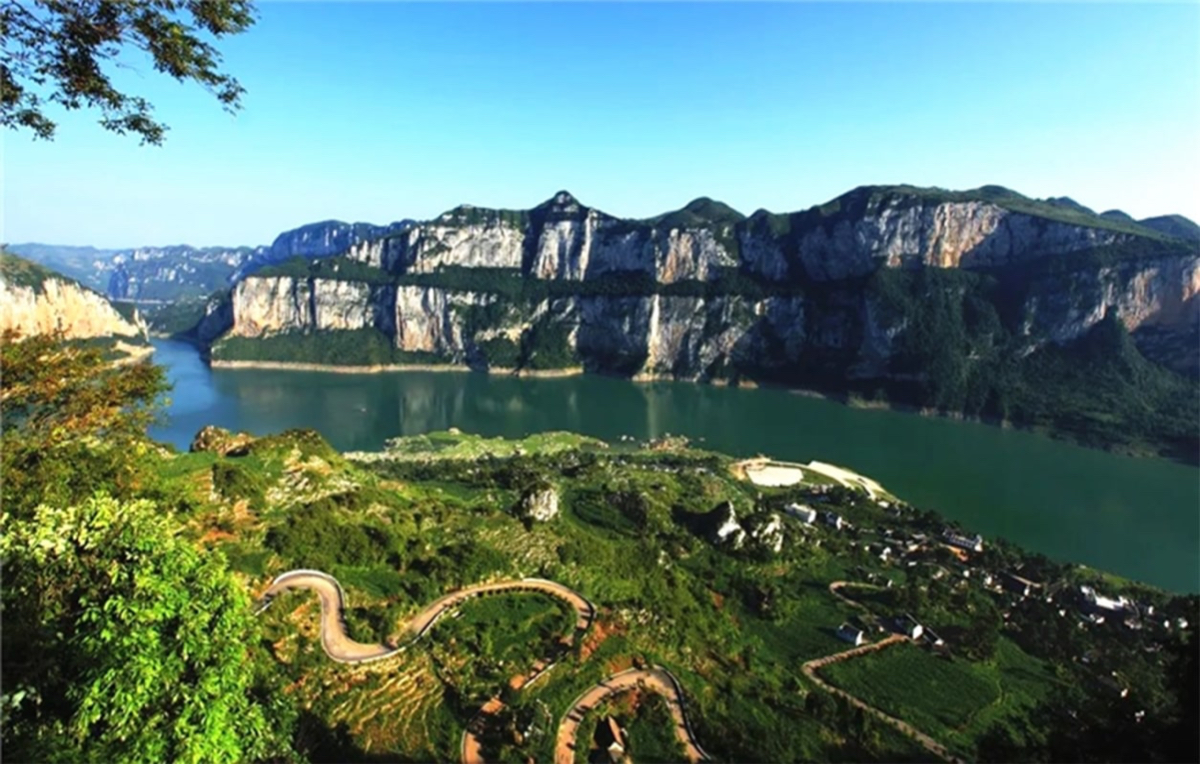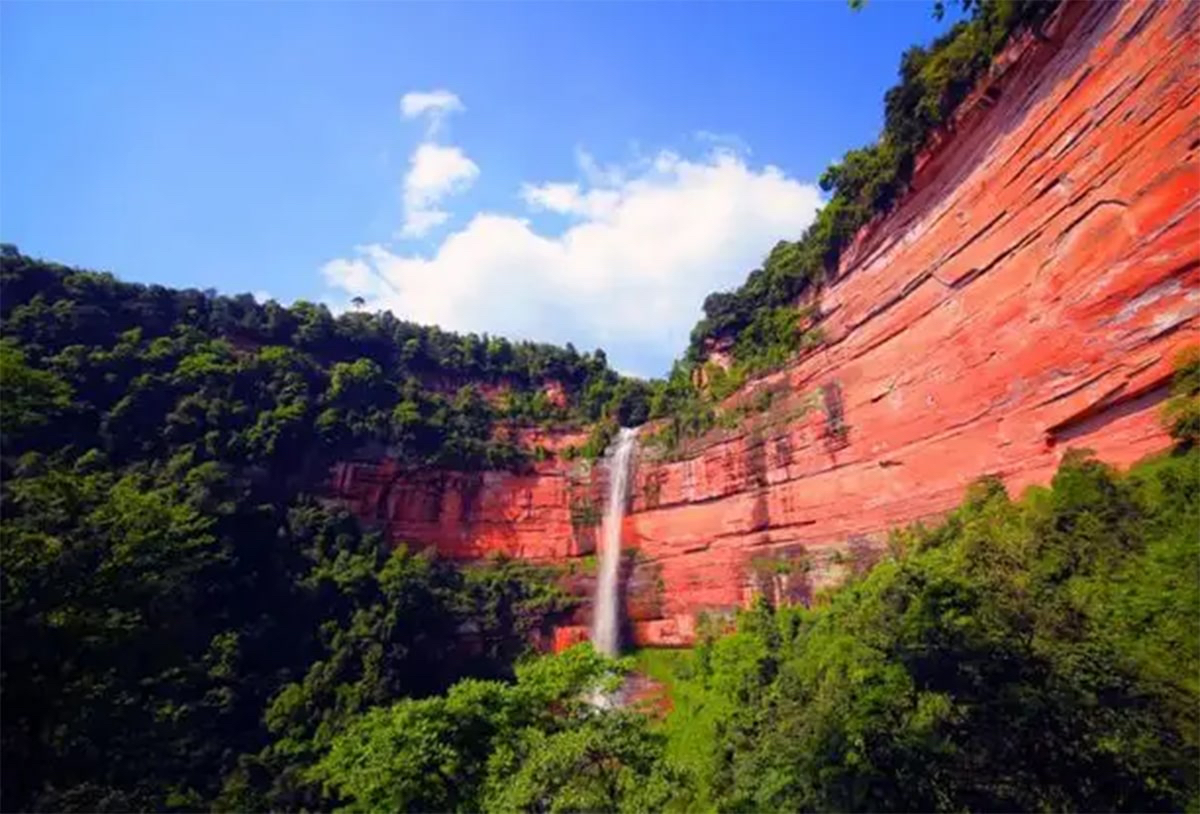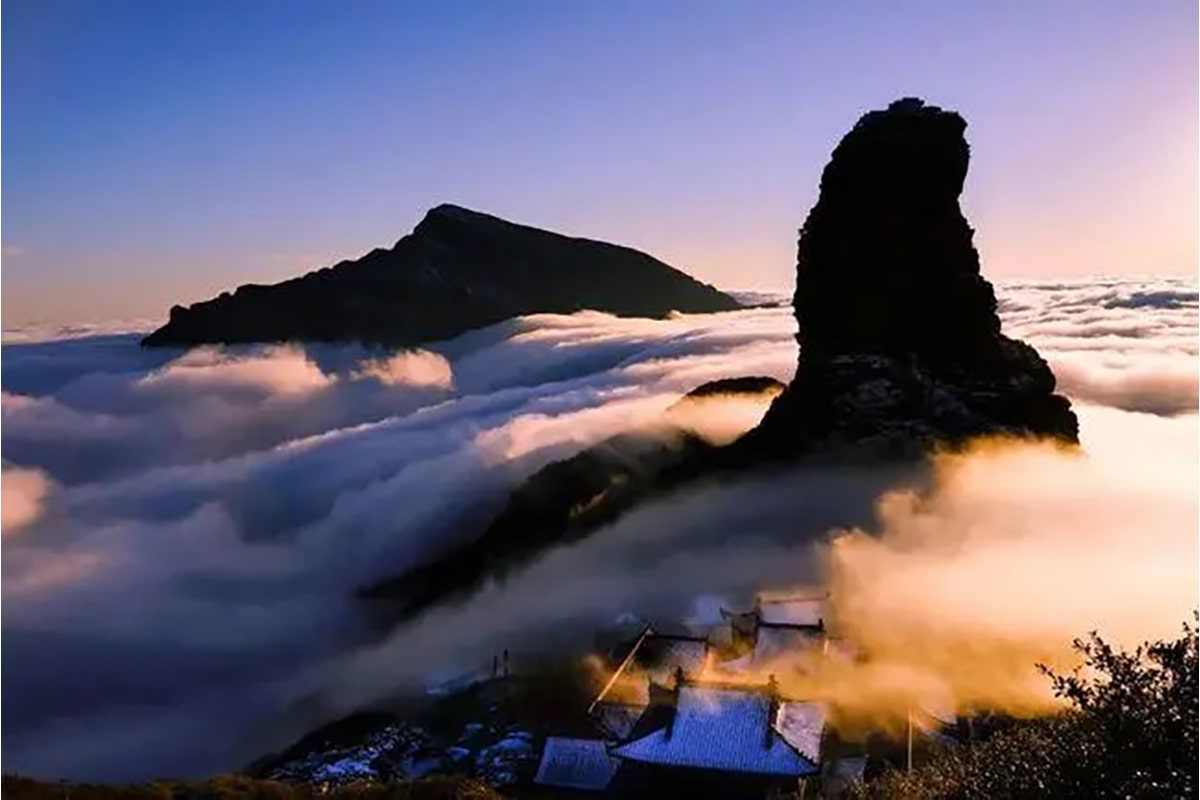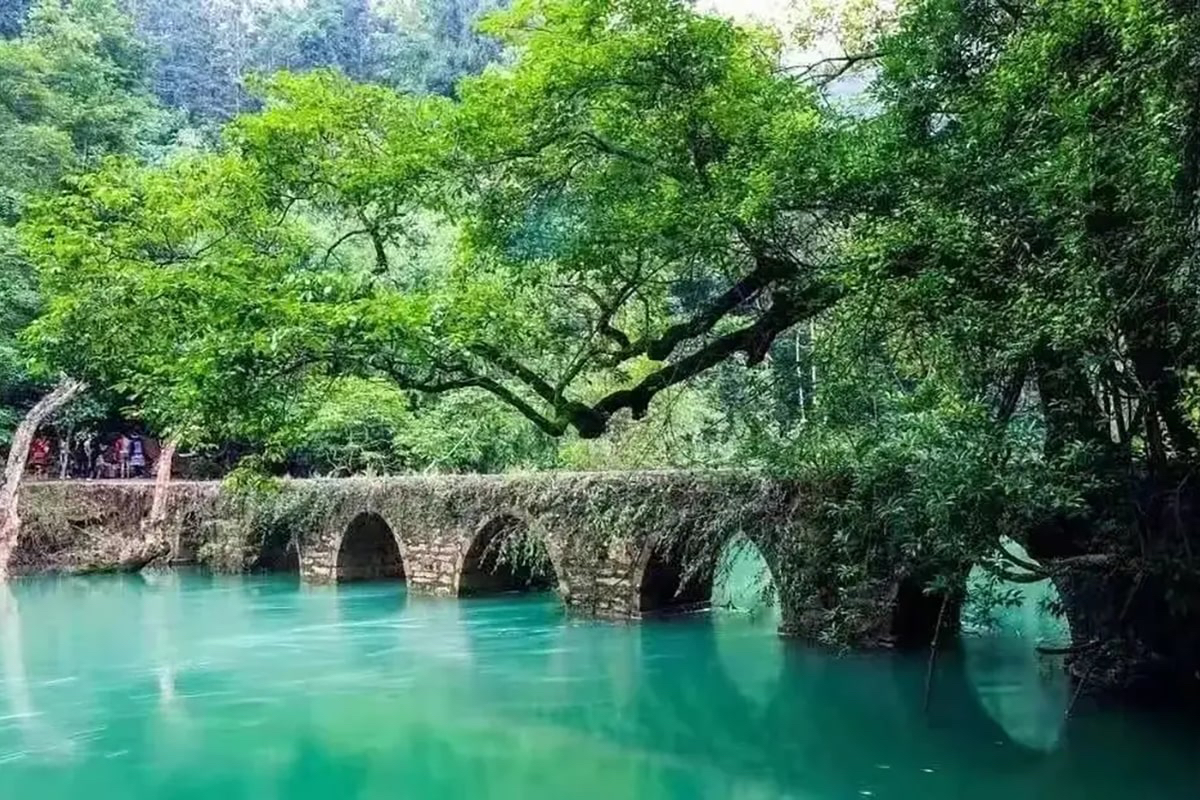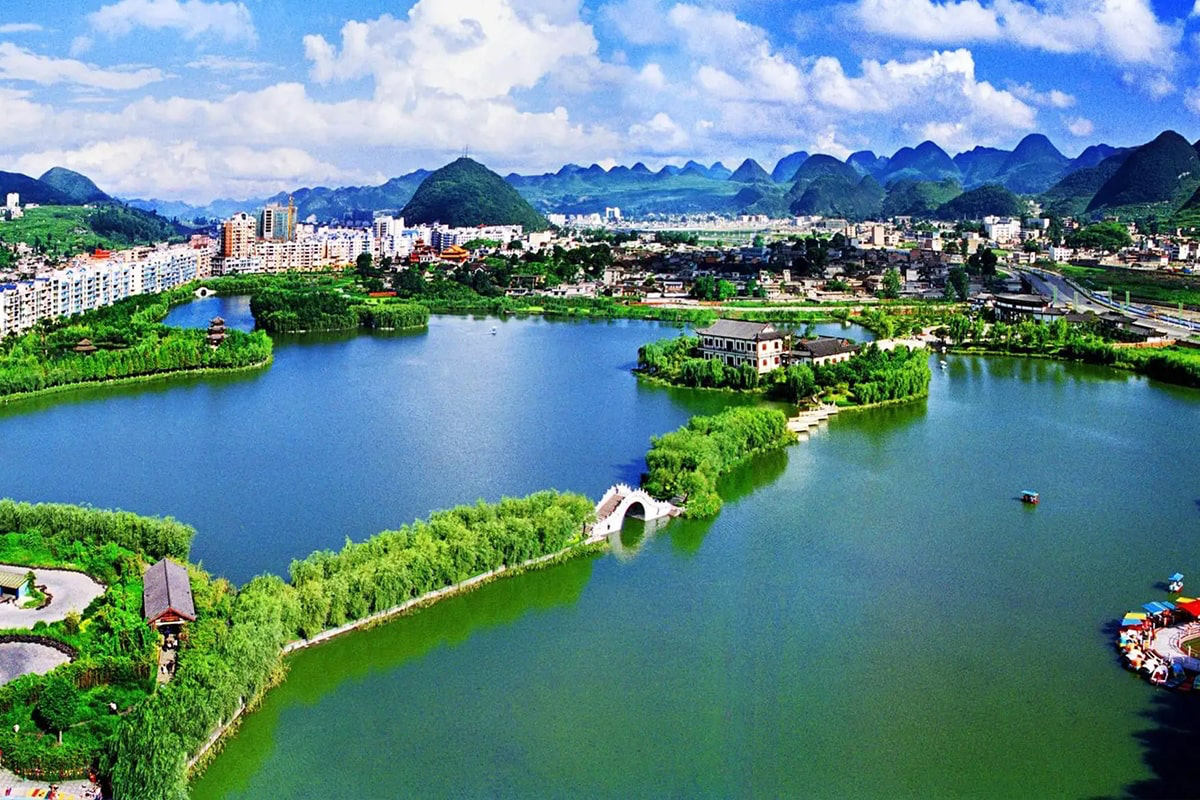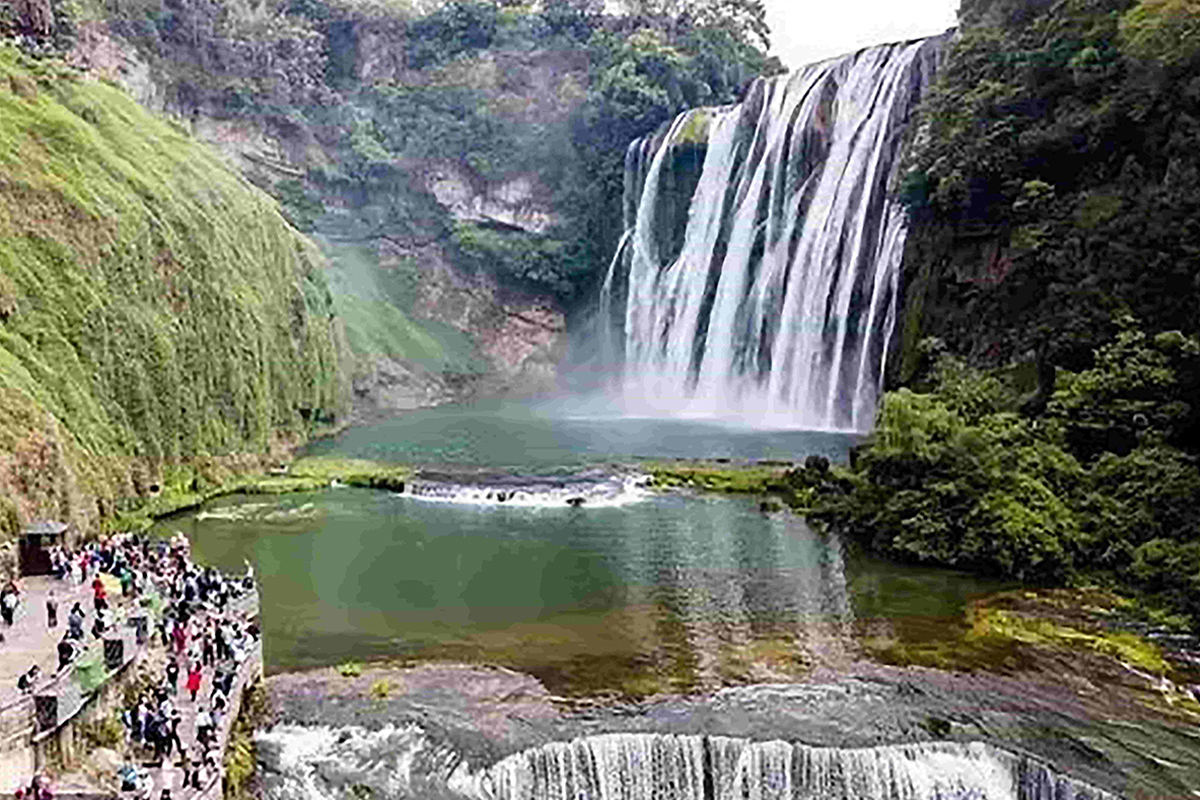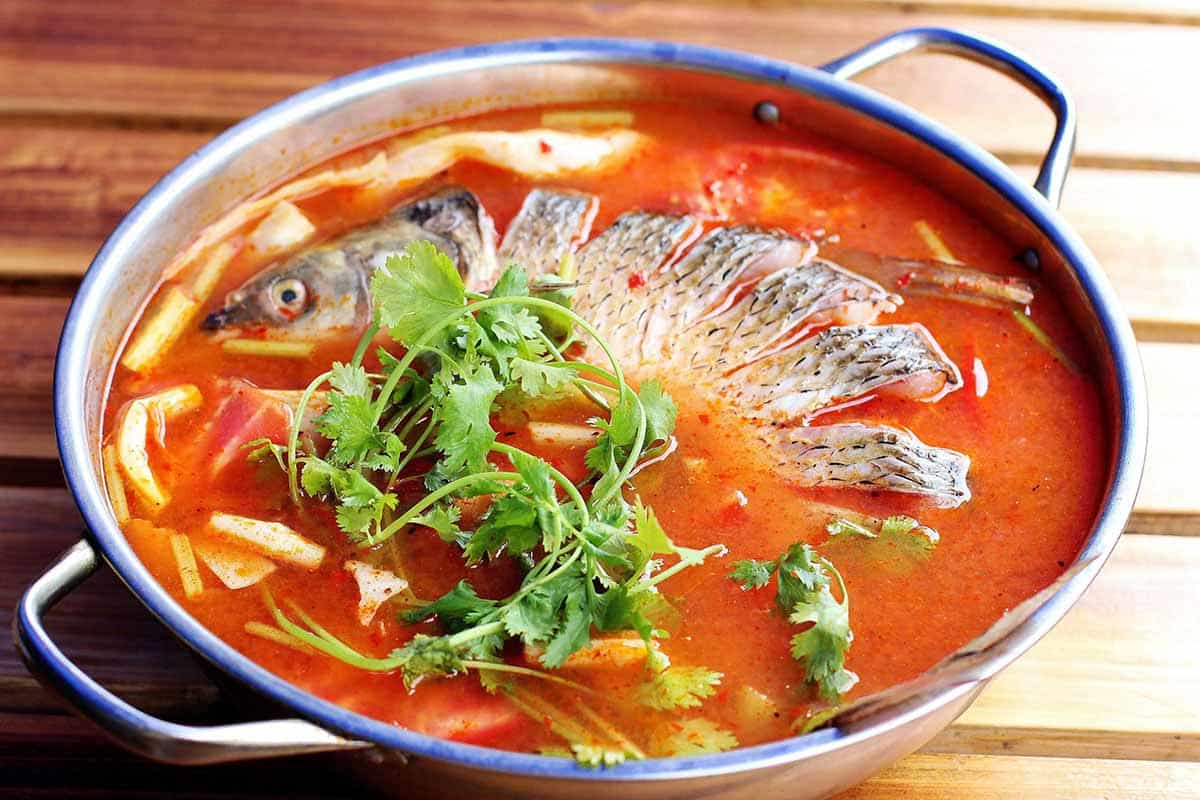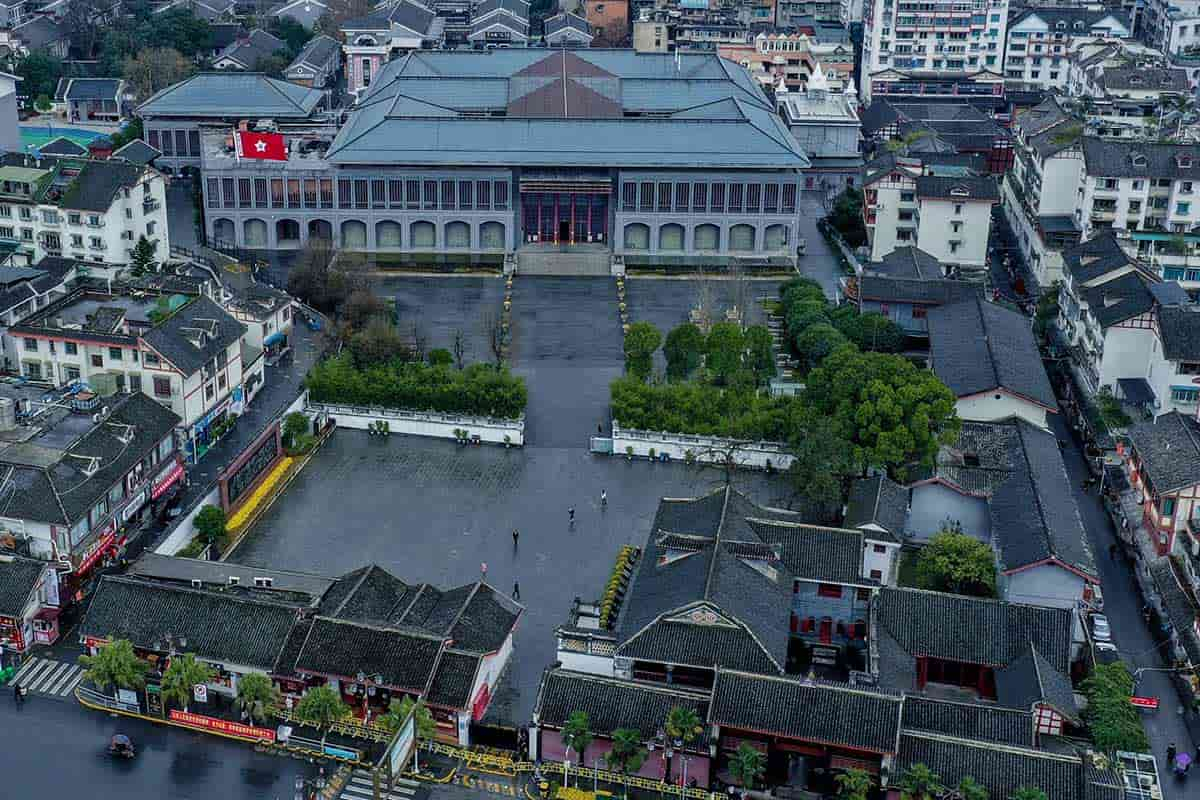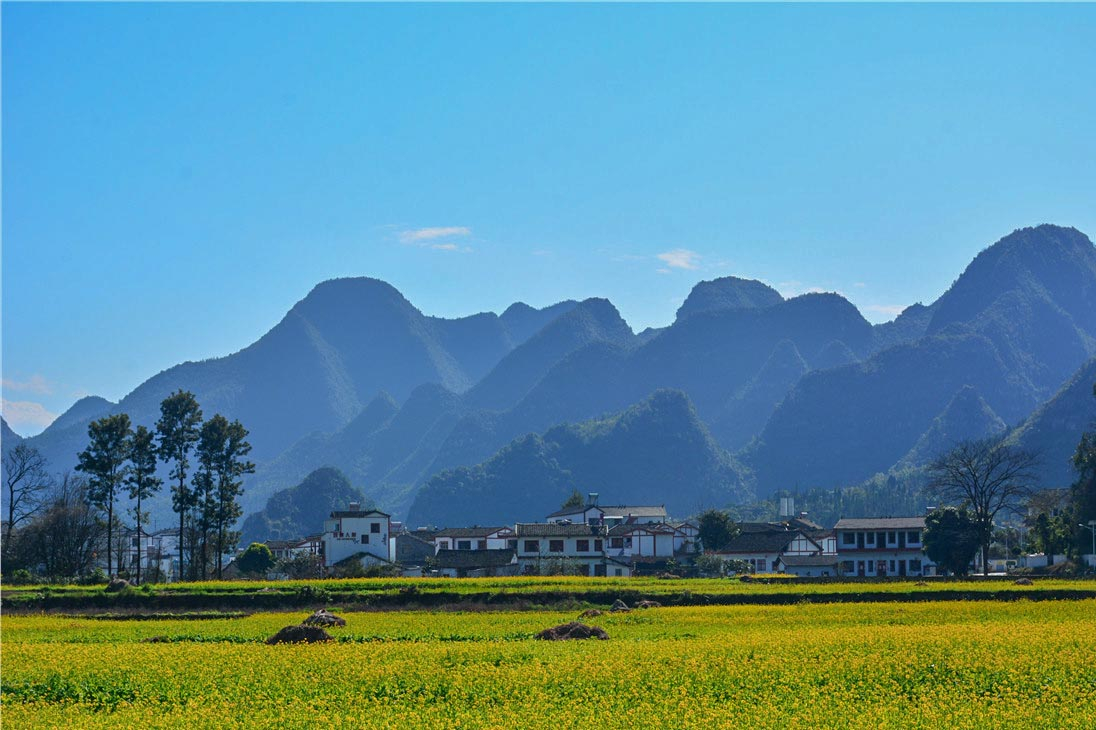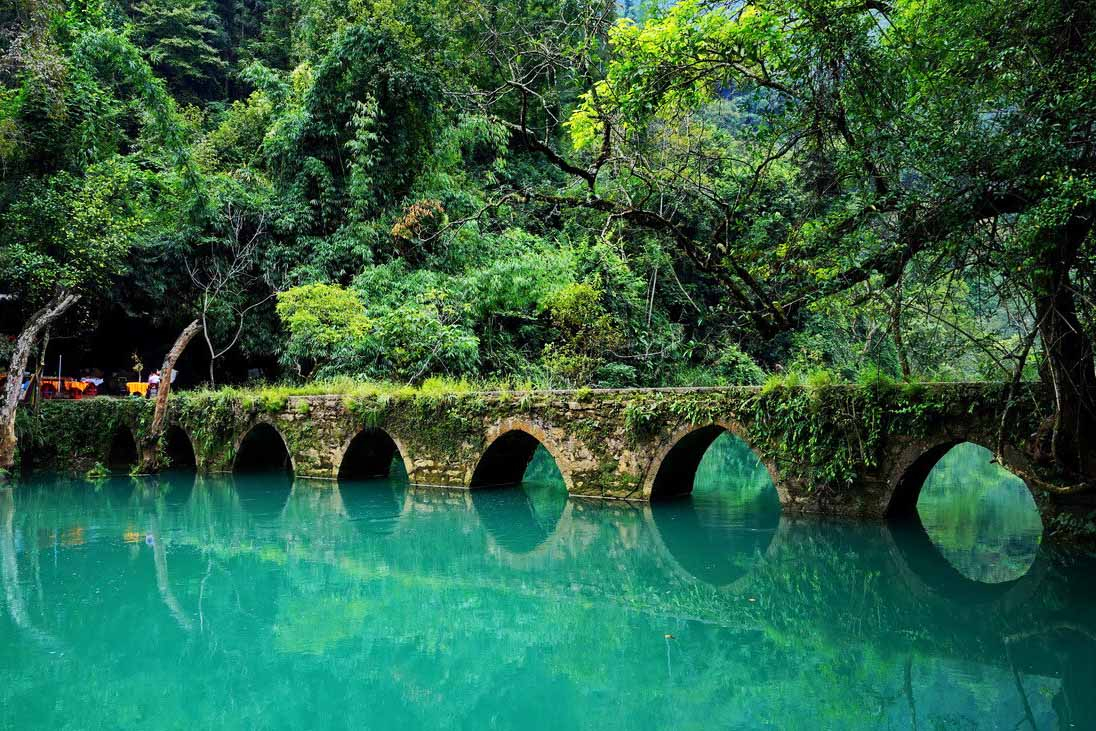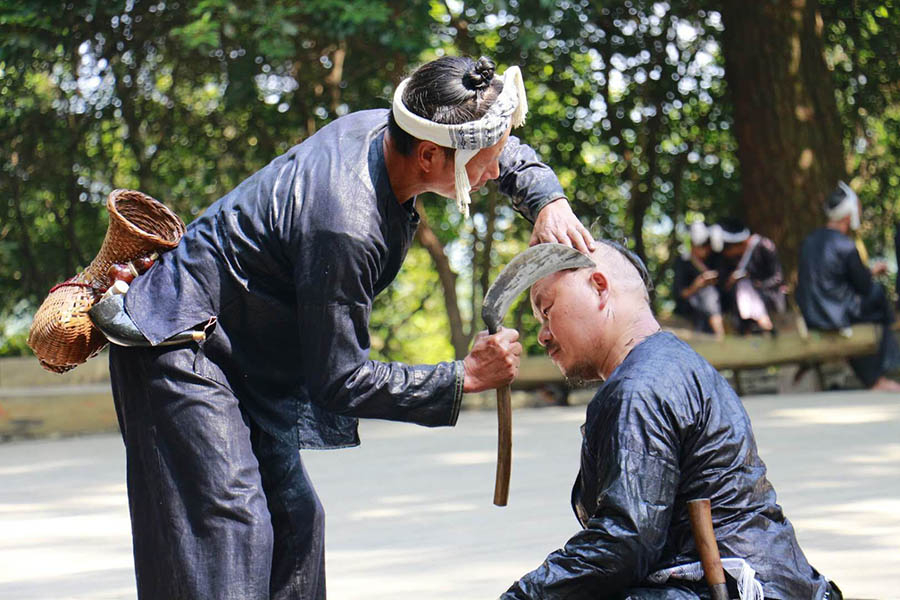A brief introduction of Qianxinan Buyi and Miao Autonomous Prefecture
The Qianxinan Buyei and Miao Autonomous Prefecture is located in the southwest of Guizhou province. in the slop area in southeast of the Yunnan-Guizhou Plateau. The city covers an area of about 16,804 square kilometers, Its overall terrain slops downward from northwest to south east. Most part of the prefecture belonged to karst plateau, and Karst terrain occupies over seventy percent of its territory. Hilly area is in the second place, occupying a coverage of twenty percent.
By the end of 2004 the total population had reached 3.09 million, among which, 42.47 percent were minor ethnic groups.
With vast karst topography that consists of valleys, caves, waterfalls, underground rivers and stone forests,Qianxinan is recognized as a brilliant tourist gem in Southwest China.
The most significant local attraction - Maling River Scenic Zone ranks at the top national level. Besides four other scenic zones, namely, the Zhenfeng Sancha River, Anlong Zhao Dam, Xinyi Nishui Stone Forest and Lubuge Valley, are at the provincial level.
Qianxinan is therefore recognized as a brilliant tourist gem in southwest China whose charms are derived from not only its picturesque natural landscape, but also historical relics and unique national living customs of the local minority nationalities. A lot can be done in this dreamy land: to explore the astonishing and serene Maling River Valley and do the most exciting white water surfing in china; to enjoy the gorgeous Ten Thousand Peaks Forest; to boat on the peaceful and pretty Ten Thousand Peaks Forest Lake; to walk through the wonderful Nishui Stone Forest, to visit the former residence of He Yingqing (a general and minister of defense of the Republic of China); to discover the unique local customs and cultural wonders and to tastes the special local delicacies.
Besides, its charms also lie in splendid historical relics and unique customs of local ethnic groups. Among these multitude of ethnic groups, Bouyei and Miao are the largest. Strong flavor of the ethnic minorities should be the most charming factor of Qianxinan.travelers can fully experience the customs, food, and culture of these minorities. Zhabai Song Festival is known as the “Valentine's Day” of the Buyi people. During June 21th to 23rd of lunar calendar, young people in festival costumes will sing and dance, so travelers can enjoy the fantastic performance.
● Main cities of Qianxinan
Xingyi
Xingyi city is one of the important central cities in southwest China and the fourth largest city in Guizhou province. Connects Guizhou and Yunnan, it is the most representative examples of the evolution of Karst topography in China.
Located in the low latitude and high altitude zone, Xingyi enjoys the subtropical monsoon humid climate with pleasant climate. The annual average temperature is 15℃-18℃. With abundant rainfall, warm and humid climate all the year round, Xingyi is known as the small spring city.The attractions such as the Minorities Museum and some nearby karst scenery, etc. appeal thousands of visitors every year.Zhenfeng
Zhenfeng County lies in the north of Qianxinan. The must-see there is Nachan Buyi Culture Village. Nachan Buyi Culture Village has a population of about 867, which is the largest Buyi village in China.
Buyi people are good at singing and dancing. Especially, the singing style of ‘Buyi Eight Musical Instruments' is very popular in Zhenfeng. The performance refers to singing and dancing, with a group of 8 to 14 singers. The singers play different roles but they don't make up. They put on performance, accompanied by eight musical instruments.
Furthermore, the Mt. Shuangru (Mt. Bosom) is another famous attraction in Zhenfeng. The mountain is shaped like a woman's well-developed breasts, hence the name. A large number of tourists marvel at its uniqueness and think it's the most attractive bosom in this world.
- HOTEST
- RECOMMEND
